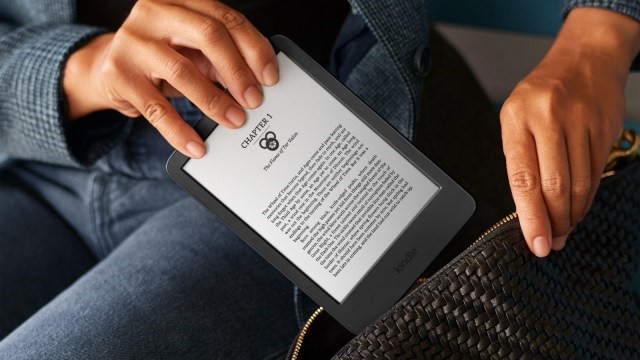Free Courses Sale ends Soon, Get It Now


Free Courses Sale ends Soon, Get It Now



Disclaimer: Copyright infringement not intended.
Context
Details
Working Principles
E Ink vs. E Paper
Advantages
Disadvantages
Applications
Conclusion
While E Ink displays face challenges such as slow refresh rates and color limitations, their unique advantages, including low power consumption and reduced eye strain, position them as a valuable technology for specific use cases. Ongoing research and innovations continue to push the boundaries of E Ink, paving the way for its potential expansion into diverse applications. As technology evolves, E Ink displays may yet become more prevalent, offering users an alternative display experience rooted in science and efficiency.
|
PRACTICE QUESTION Q. E-ink displays have revolutionized the way we read and interact with digital content. With their energy efficiency, readability, and versatility, they have found applications in various industries. Comment. (250 Words) |
© 2024 iasgyan. All right reserved